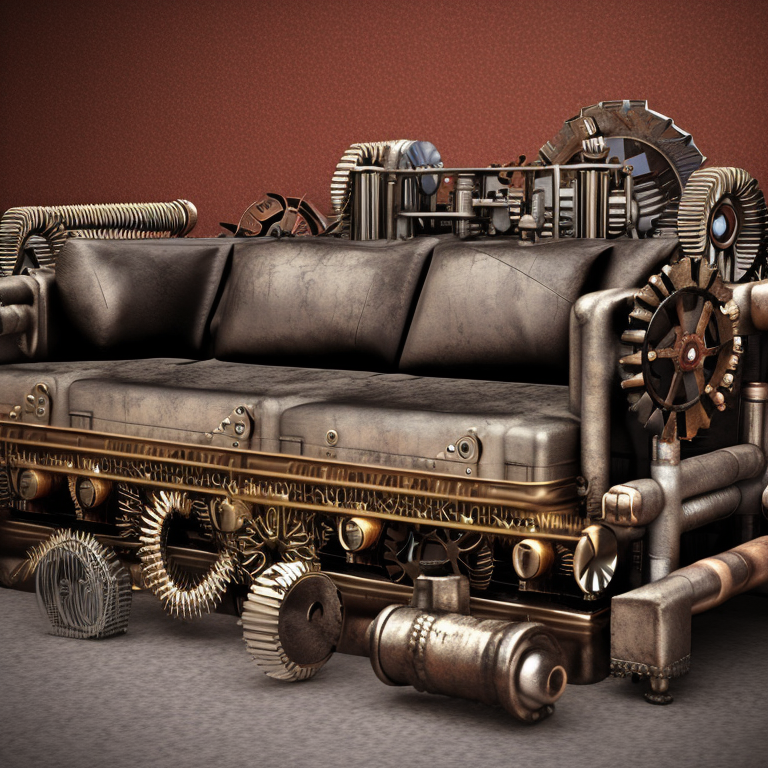Furniture
|
The design of organisations and products
|
Legal ops: We must innovate! We have earmarked technology budget to innovate!
JC: Great! How about some decent document comparison software?
Legal ops: We can’t use our funds on that.
JC: Why not?
Legal ops: Because it isn’t very innovative?
JC: But we don’t have it, though, do we? So it kind of would be an innovation?
Legal ops: Not innovative.
JC: Would it change your mind if I told you it runs on blockchain?
Legal ops: YES! De-Fi-nitely! (pause for guffaws) Does it?
JC (pauses): Um, yes. Sure it does.
Sofware Vendor: Wait, what? No, it d —
JC (to SV, sotto voce): Look: do you want this contract or not?
Legal ops: What was that?
JC and Sofware Vendor (in unison): Nothing.
Sofware Vendor: Of course it runs on blockchain. In the cloud. Tokenised. Using neural networks —
JC (to SV, sotto voce): All right, don’t get carried away.
Furniture
/ˈfɜːnɪʧə/ (n.)
Technology that, you know, does what it is meant to, effortlessly and without breaking, stopping or unexpectedly ruining other parts of your life, with such aplomb that you forget it is technology at all.
Part of the two-part paradox: good technology is — not technology.
The Invisible present
Stewart Brand has a great expression for the kind of technology that is so good, so effective, that you don’t really think of it as technology: the “invisible present”.
Technology which does integrate seamlessly into our lives doesn’t look like technology for very long: email. The Internet. Smartphones. Wikipedia. Google. We have moved on.
It no longer seems innovative. It feels like furniture.
Things that persistently look like technology —neural networks, AI, distributed ledgers, permissionless, decentralised currency exchanges — things that seem on the sharp ascent of Gartner’s ludicrous hype cycle — we call “bad technology”.
Hence, there is no such thing as good technology. Good technology is furniture. Only embryonic, still-being-hashed-out, haven’t-worked-out-a-use-case-yet or fundamentally disappointing technology — all of these categories being in some way defective — is considered “technology” at all.
Hence a paradox:
- If good technology ≠ technology
- Then all “technology” ≡ bad technology.
